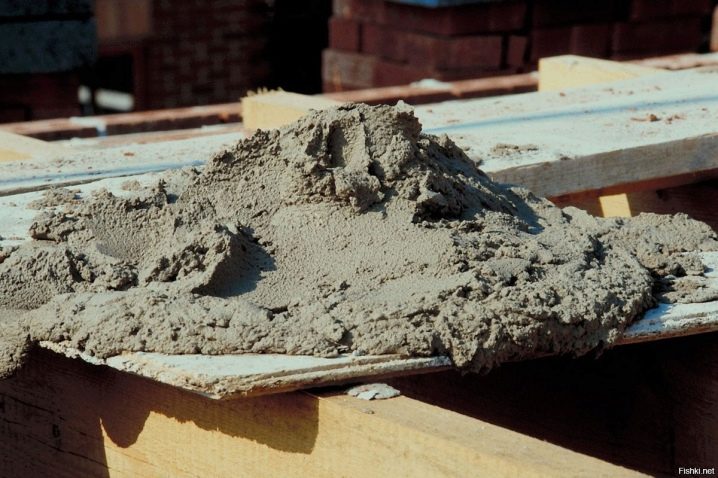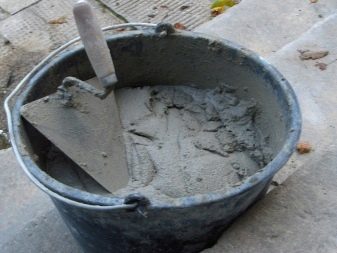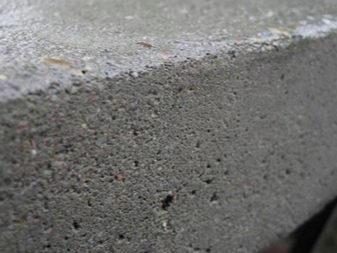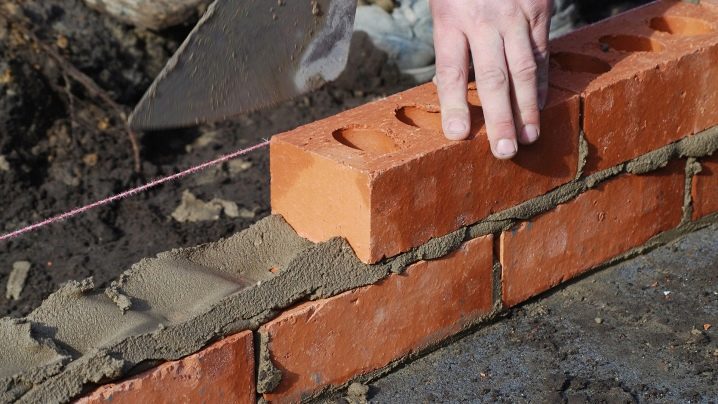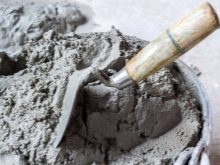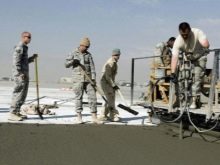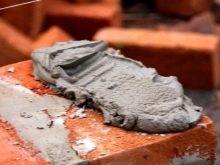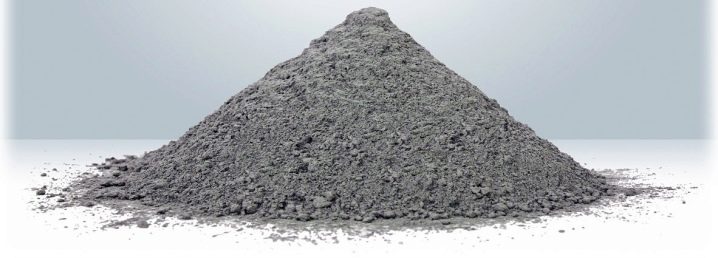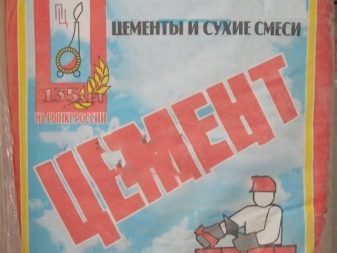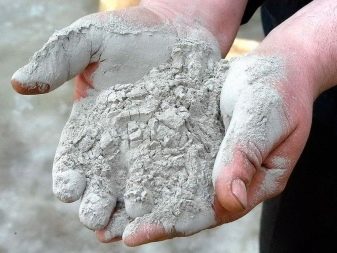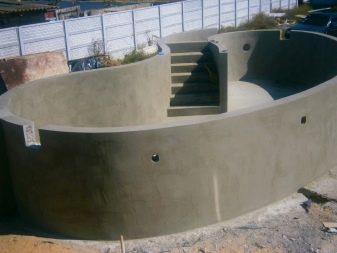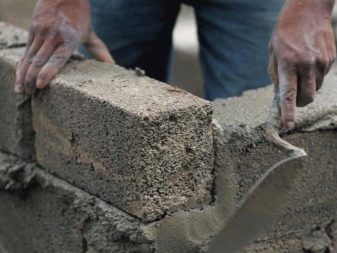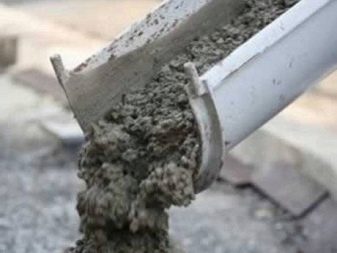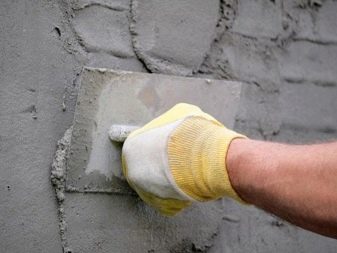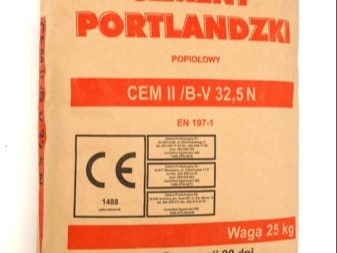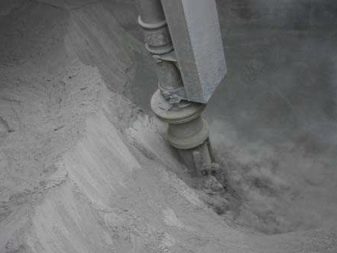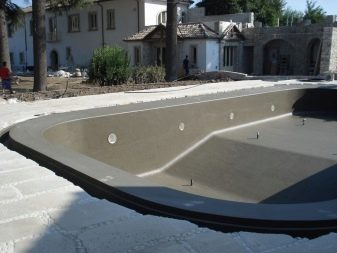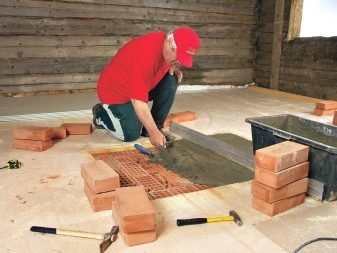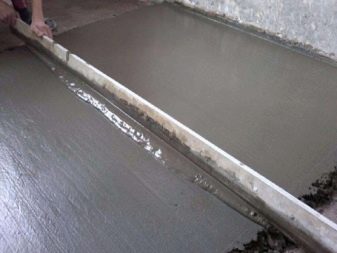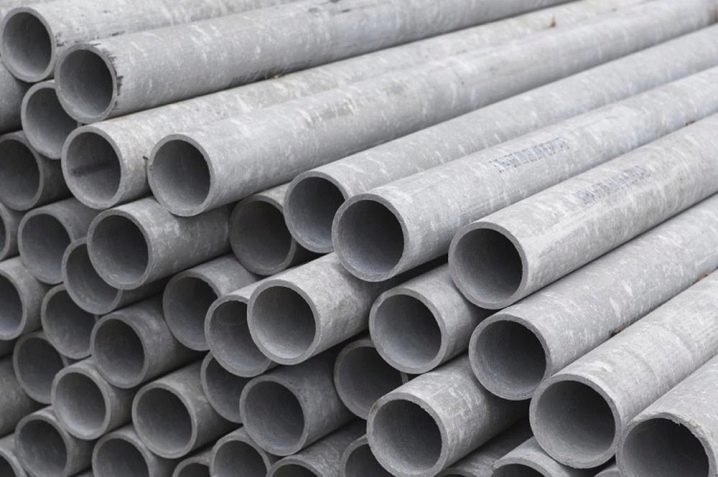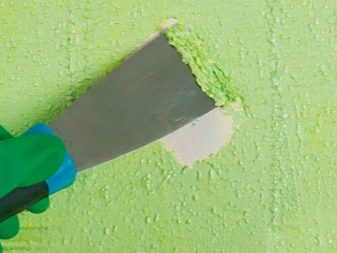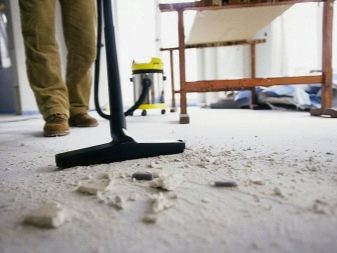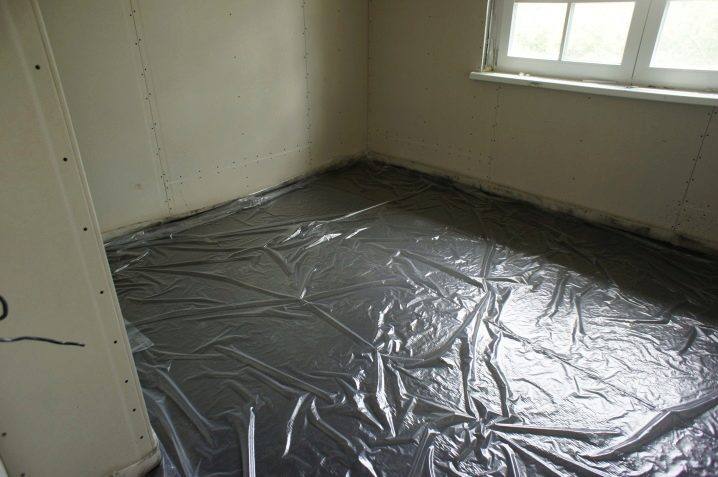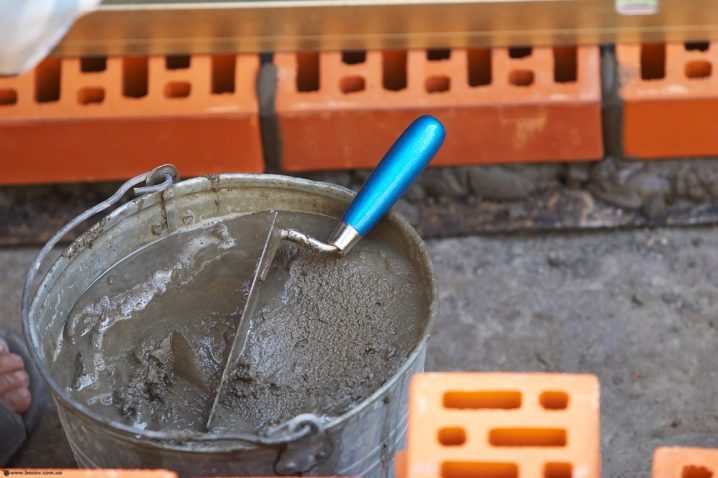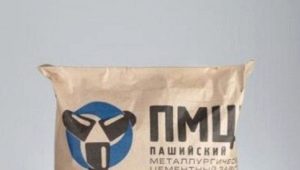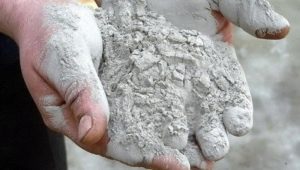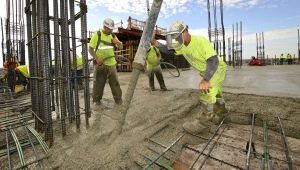Cement NC: features and application
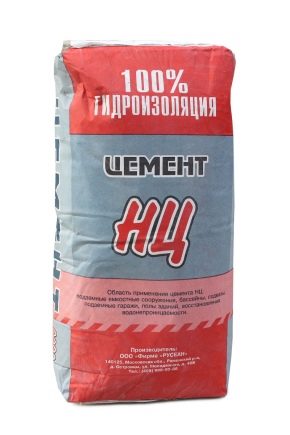
Cement NC has appeared on the construction market relatively recently, however, it has already managed to receive high marks from professional craftsmen for their qualities and performance characteristics. Being one of the varieties of cement, the material has its own characteristics that determine the scope of its use.
What it is?
Cement NTS (straining cement) is a cementitious compound, which is characterized by special strength and high setting speed. It is also characterized by water resistance and excellent resistance to aggressive media, has the characteristics necessary for use in difficult conditions, and is the best representative of expanding binders.
It is obtained by mixing the grinding of Portland cement clinker and a stress component, which consists of gypsum, lime and alumina slag. The portland cement in the composition gives the material resistance to cracking.
Special features
A distinctive feature of tensing cement is the fact that it must not be mixed with other types of cement.. Its knitting and expanding qualities “suffer” from this. Even if the funds are not enough, it is impossible to include in it other additives, which should not be in the composition. At the same time, the refractoriness of the material may also decrease, which is important in any construction.
The use of tensing cement can give concrete high technical properties. When hardening, the composition increases in volume. The expansion can be seen already on day 3 after using the mixture. In this case, the concrete will harden faster than using traditional cement. At the same time, the rate of hardening will not adversely affect the quality of the coating. The strength of the composition will be high even after three days after its application.
The material has a high bending strength. If necessary, it can be laid on old concrete.while the level of adhesion will remain high. The composition is characterized by low gas permeability. In real conditions of construction, it provides all the qualitative characteristics that are necessary for each case. At the same time, they will be higher than other formulations with modified additives.
With numerous positive characteristics, the straining cement also has disadvantages. For example, despite the durability, this material is not cheap. For this reason, unscrupulous companies often fake this type of cement. It can be difficult for an ordinary buyer to distinguish genuine material from fake. but The problem can be solved by requiring a quality certificate.
Another disadvantage is the fact that not every type of tensile cement is resistant to low temperatures. Under the influence of cold, some types of material may lose some properties.
Specifications
The types of NC are different, however, on average, the straining cement is characterized by:
- initial setting of the solution after 30 minutes;
- frost resistance up to -30 degrees with the number of cycles up to 1500;
- Bending strength after 48 hours equal to 3.8 MPa;
- Bending strength after 28 days equal to 5.9 MPa;
- self-tension not less than 2 MPa;
- linear voltage from 0.3%;
- compressive strength after 2 days of not less than 14 MPa;
- compressive strength after 28 days of the order of 35-49 MPa;
- optimal temperature range of work in the range from +5 to +35 degrees C;
- packaging of 25 and 45 kg or shipment without packaging (wholesale lots).
Kinds
Straining cement is included in the line of self-expanding compounds, but it is used especially in construction. It combines the properties of the VRTS (waterproof expanding analog), the ROC (expanding portland cement) and GGR (aluminous expanding composition).
To date, the straining cement has several varieties, each of which has its own characteristics, which affects the scope and service life. This composition of a grayish tint today can have 3 modifications, differing in the amount of self-stress energy.
In other words, each category is distinguished by the degree of expansion, as indicated by the numbers of each brand:
- NC 10 - composition without shrinkage;
- NC 20 - material with average expansion parameters;
- NC 60 - analog with high expanding abilities.
Of all the types, builders are less likely to acquire non-shrinking straining cement. More popular option NC 20which has a self-voltage of about 2 MPa. Its linear expansion varies in the range of 0.3-1.5%. Concrete made of such cement will withstand water pressures up to 20 atmospheres. In this case, the gas permeability of such concrete will be 40 times lower than the analogue of the PC.
Adding tensile cement modifications to concrete increases the allowable pressure on the foundation. In private construction, this opens up the possibility of arranging the upper floors of materials of any type. Builders do not have to choose lightweight sheathing trim elements, you can also not be afraid that the load will affect the foundation and load-bearing floors.
In addition, there are great opportunities for arranging baths, organizing saunas and swimming pools on the site.
All varieties are explosion proof, prolong the durability of structures by 3-6 times and do not have toxic components, which is especially important for human health. They expand immediately throughout the volume, due to which the concrete mass is distributed over the base evenly, without the formation of voids.This allows you to provide excellent waterproofing properties of the structures produced, which is especially important in construction.
The use of types of tensing cement eliminates the need to use other materials for the construction of waterproofing.
All varieties are labeled. A brand of tensing cement is needed to make it easier to understand its purpose. Before 2003, the notation explained the type of mixture, its strength, the percentage of mineral additives, as well as additional properties. Marking has changed today.
First indicate the composition (I - without additives, II - with additives), the letters A and B indicate the percentage of impurities (6-20 and 21-35, respectively). In addition, they indicate the ultimate strength and compression rates (H - normal, C - medium hardening and B - fast hardening). The most popular variant of this type of cement is the product of brand 32 5H.
Scope of use
Expansion allows to neutralize shrinkage, which makes the construction of concrete self-stressed. Therefore, the material is indispensable in low-rise and high-rise construction. Today he solves the problem of high-quality laying the foundation and screed floor.Thanks to the positive characteristics it is used in the construction of pools, the arrangement of sewage treatment plants.
Resistance to adverse factors allows you to use the material in the construction of structures with high dynamic load, as well as facilities built for the storage of toxic substances. Due to its watertightness, the straining cement can be used when laying pipelines, as well as in the manufacture of the pipelines themselves. Besides, it is indispensable in the repair of buildings that are subject to flooding.
Also depending on the variety, the composition is used for:
- the creation of fireplaces, heating furnaces;
- constructions of baths, garages, underground premises;
- strengthening the strength of the base;
- manufacturing hollow-type floor slabs;
- manufacturing tanks for water, gas, petroleum products;
- waterproofing flooring;
- termination of problem areas (chips, crevices, seams).
Straining cement can be laid in different, even difficult conditions. For example, from it construct pressure pipelines, runways, thin and thick-walled structures of high strength,as well as treadmills, stadiums and stands. It is an excellent material for reinforced concrete structures..
How to prepare a solution?
To obtain a working sand-cement mortar, the powdered mixture of straining cement is mixed with clean sand in a ratio of 1: 2. Then, water of room temperature is added to the mixture in an amount of about 40% by weight of the SC. Refine proportions and dilution method can be on the packaging of products of a particular brand, as manufacturers always give similar recommendations for craftsmen.
To produce concrete, the NTS consumption must be approximately 500 kg per 1 m³ of concrete. The mixture is thoroughly mixed during preparation and compacted during laying.
An important nuance when mixing the solution is uniformity. For this purpose, special equipment is used, since the quality of the entire concrete slab will depend on the uniformity.
Subtleties of use
When working with the material should take into account some of the nuances. It is important to take care of the preparation of bases and repaired surfaces. For example, if the straining cement is planned to be used for waterproofing, then the base on which the solution will be distributed,prepared as follows:
- remove everything that exfoliates from the surface;
- get rid of oily areas and fat;
- remove the old painting;
- remove any contamination, debris and dust (if you do not get rid of the dust, you can not count on high adhesion).
If cement is needed for the screed, the formwork will have to be moistened with water.
To repair the composition of the finished structure, it is necessary to prepare the base, washing it and degreasing. Otherwise, the composition penetrating the cracks will not last long.
The day after laying the surface, treated with tensing cement, must be moistened. It is important to keep her in this condition for a week.. To do this, for the first 5-7 days, moisten the surface with water and cover it with plastic wrap so that the moisture does not evaporate too quickly. It is also necessary to maintain the constancy of the chemical and mineralogical composition of the raw materials and strictly follow the instructions for installation.
If you need to fill the bottom of the pool with hydroconcrete, made of tensile cement, you must first fit the inlet and outlet pipes of the water supply system with strapping of all elements with rubber.This will increase the tightness of embedded elements and hydroconcrete, which forms a bowl.
Reviews
According to the assessment of professionals in the field of construction, the properties of tensing cement fully justify its popularity. Application experience shows that this material is most effective in comparison with other types of cement. It is suitable for pouring screeds, foundations, and sealing joints between slabs..
However, the masters note that without compliance with the technology and preparation of the foundation, the qualitative characteristics of the material may decrease markedly. The price of NC, in the opinion of buyers, is quite acceptable.
To learn how to knead cement mortar, see the following video.
